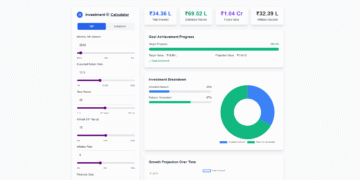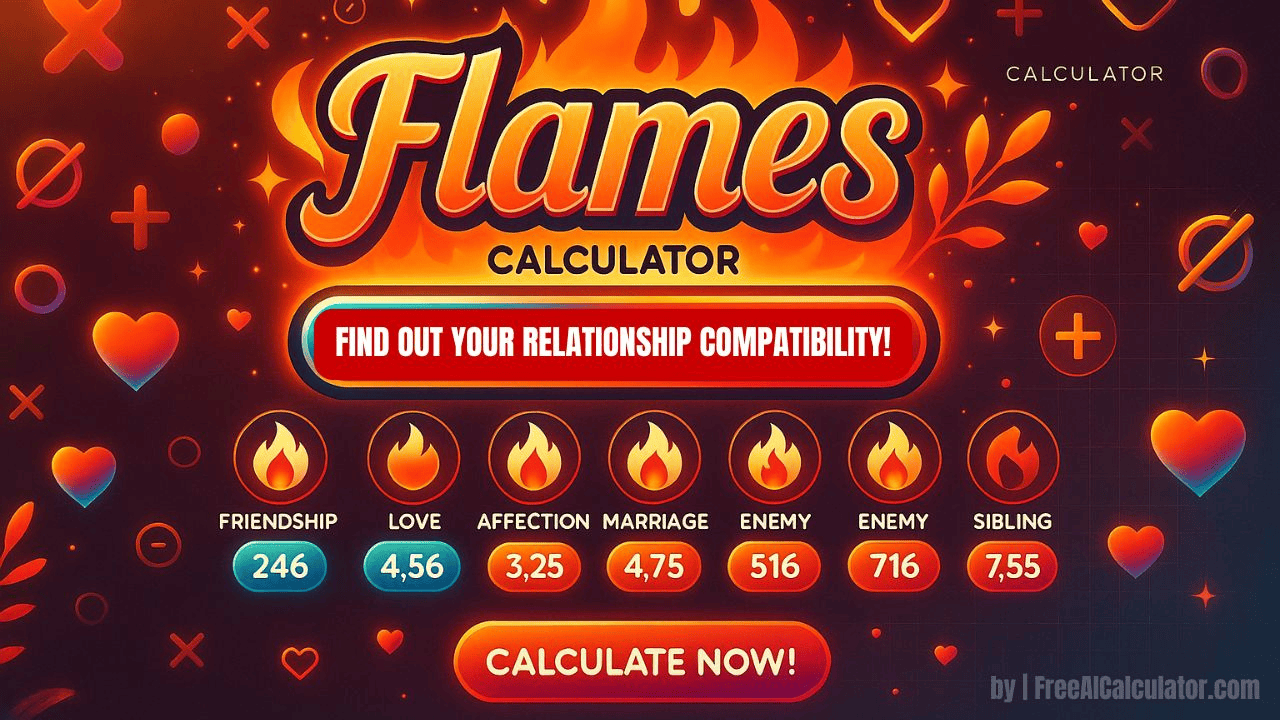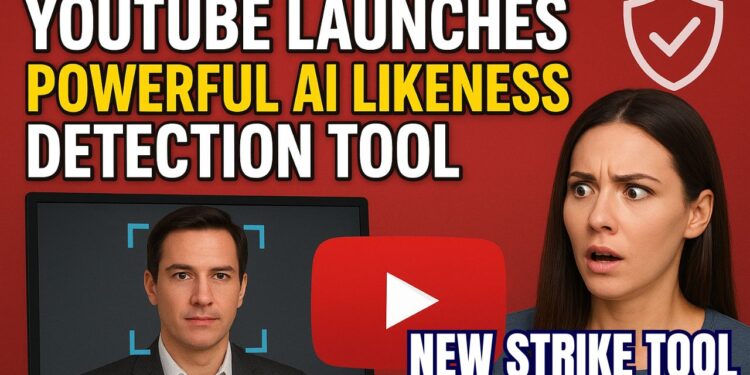YouTube has just rolled out a major new feature for its creators: the YouTube AI Likeness Detection Tool.
This update represents a crucial step forward in the fight against AI-generated deepfakes and unauthorized content.
It provides eligible creators with a powerful tool to identify and remove videos that utilize Artificial Intelligence (AI) to alter their face or voice.
This new tool is a direct answer to the rising use of generative AI. It is designed to help creators maintain control over their identity and protect their audience from misleading or harmful content.
What is the YouTube Likeness Detection Tool?
The new feature is an experimental tool, currently available in beta for members of the YouTube Partner Program (YPP). It works by scanning the platform for content where a creator’s appearance has been altered or generated by AI.
Think of it as a specialized version of YouTube’s existing Content ID system. While Content ID looks for copyrighted music or video clips, the YouTube Likeness Detection Tool specifically searches for a person’s face and voice being imitated without permission. This allows creators to have better control over how their creator identity safeguard is handled online.
How Creators Can Get Started and Verify Identity
To ensure that only the real person can use this protection, the sign-up process is thorough. It is available via the YouTube Studio new feature dashboard.
Here are the easy steps for a creator to start using it:
- Access the Tool: Go to YouTube Studio, then select the Content detection tab, and finally choose the Likeness option to start.
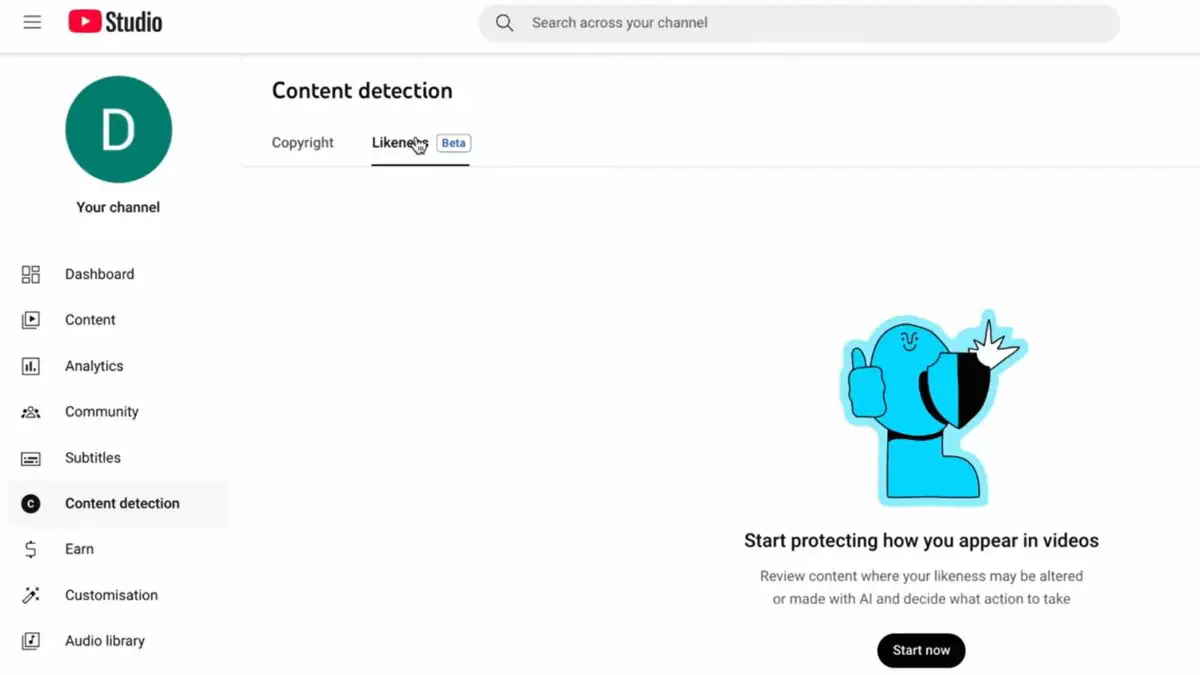
- Agree to Terms: Creators must consent to YouTube using biometric technology for creators to search for their likeness on the platform.
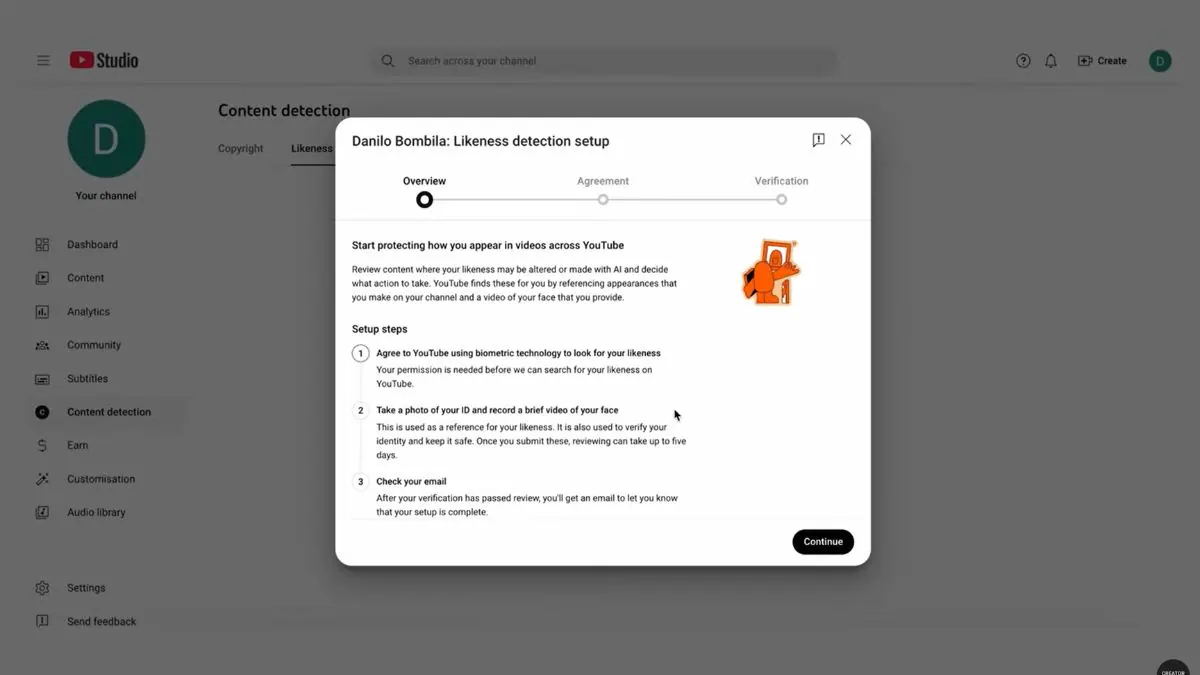
- Identity Verification: This is the most important step. Creators must submit an official government photo ID and a short video of their face (a selfie video). This helps YouTube verify the identity and prevents fraudulent use of the tool.
- Review Time: Once submitted, the verification process can take up to five days to complete.
Reviewing and Taking Action on Deepfakes
Once verified, the system starts scanning new uploads. Detected videos where the creator’s face or voice may have been altered will show up in a list under the “For review” tab in YouTube Studio.
Creators have full control over what happens next:
- Request Content Removal: If the video is an unauthorized AI-generated deepfake that violates YouTube’s privacy guidelines, the creator can easily submit a formal removal request. This is the primary way to remove AI generated videos.
- Take No Action: If the creator is fine with the content, they can choose to take no action.
- Archive: They can also mark it as their own real footage or note that the detection was a mistake.
This opt-in feature is a powerful measure for creators to manage their online presence in the face of rapidly advancing AI video technology. It puts the power back into the hands of the individuals who are most affected by deepfakes.
A Quick Note on Data and Privacy
YouTube understands that using biometric data is a sensitive topic. The company has clarified that the data—which includes a unique identifier, legal name, and face/voice templates—is stored securely. It will be kept for up to three years from the creator’s last sign-in, and it is handled according to Google’s privacy policies.
Creators can also opt out of the Likeness Detection Tool at any time through YouTube Studio. Once they opt out, their data will be deleted from the system within 24 hours.
This new technology confirms that YouTube is taking the issue of digital identity theft seriously, offering a necessary layer of security in the AI age.
















